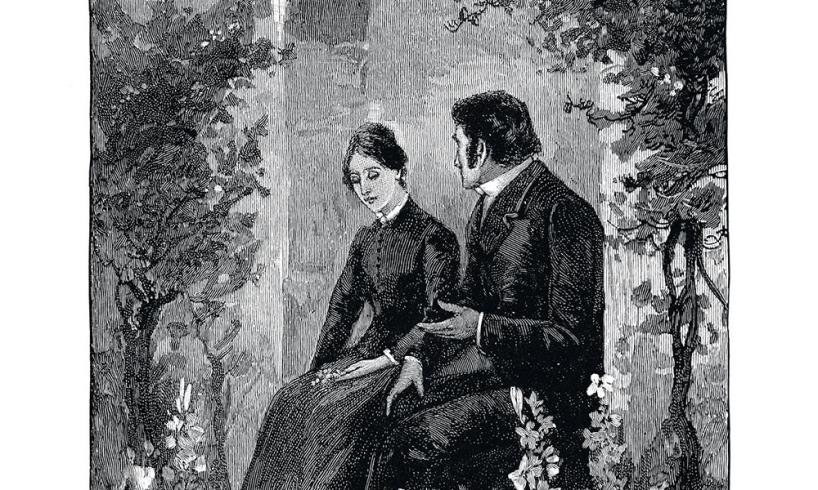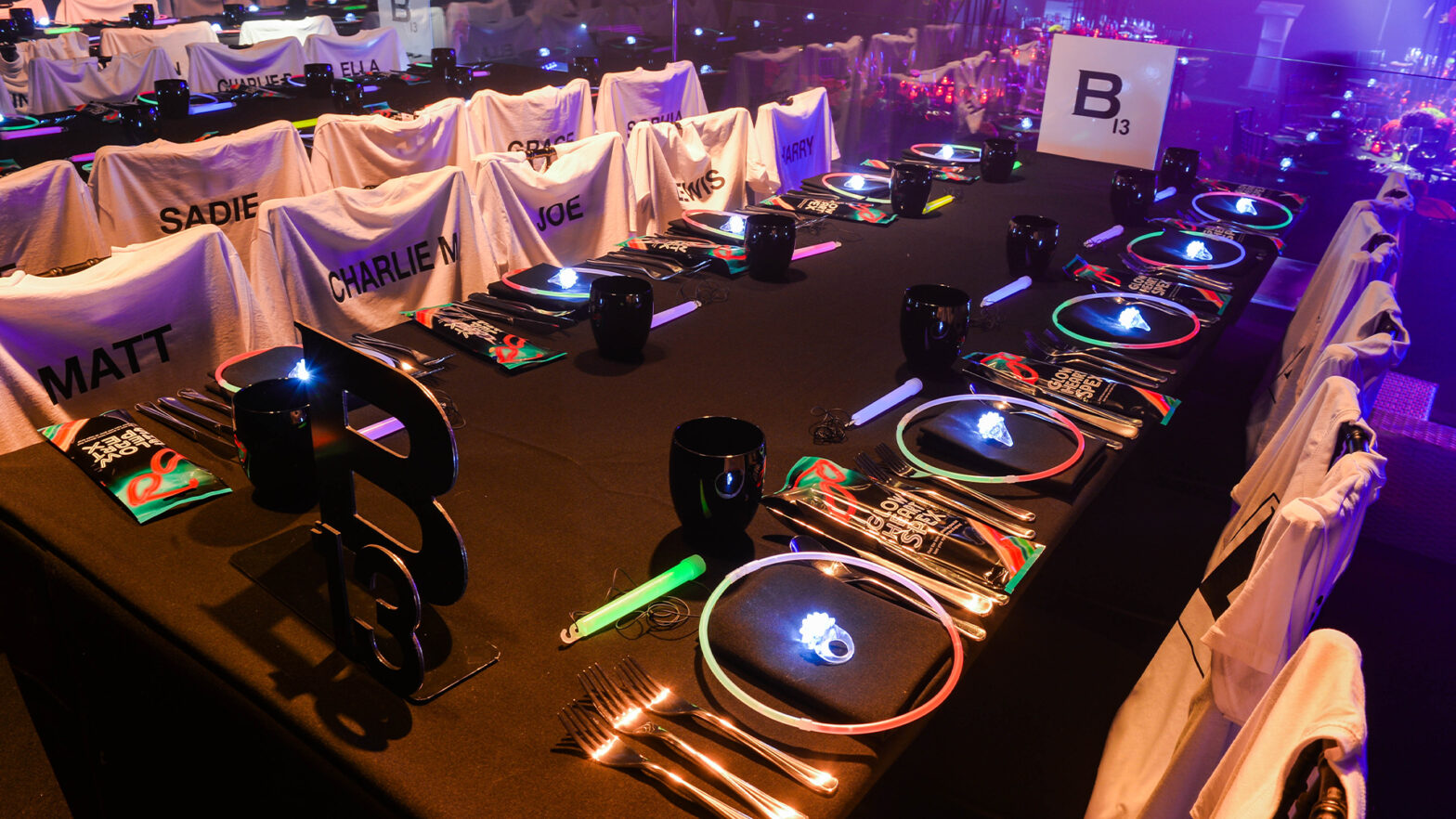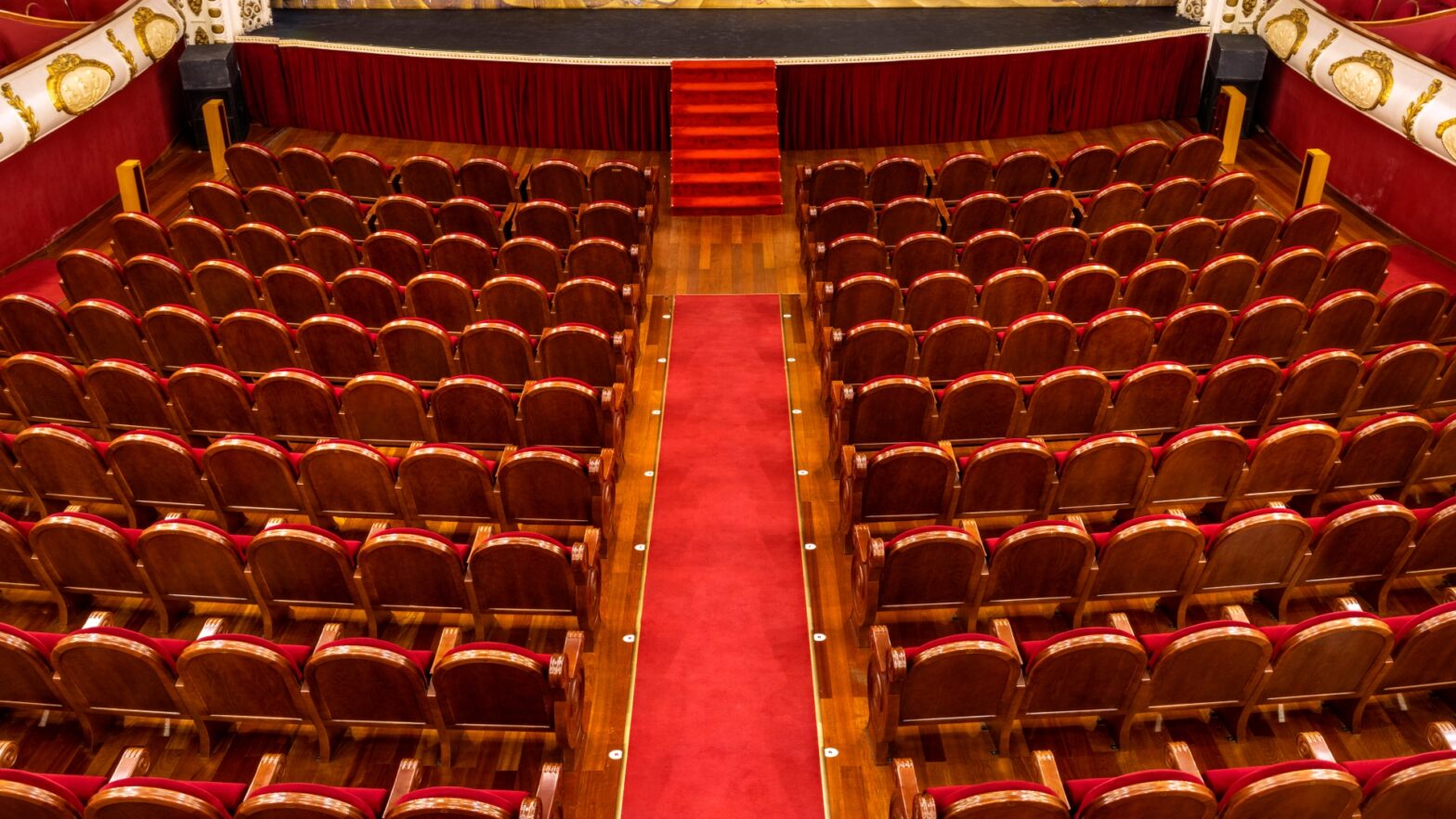
Charlotte Brontë’s Jane Eyre and Luxury Manuscript Editions
Is there a growing market for manuscript editions? The value of these documents is certainly growing, because authors are writing less and less with pen and paper. These handwritten documents are important vestiges of hesitation, of inspiration, of self-editing and of self-doubt, that allow the reader behind-the-scenes of the author’s creation. What the London-based Flint group are sure of, given the nature of this increasingly dematerialized and digitized world, is the growing market for beautiful objects, both as artistic and artisanal products – this is typified by their newly-released manuscript edition of Charlotte Brontë’s much-celebrated Jane Eyre.
Éditions des Saints Pères meets this demand for beautiful things. We publish limited editions that are created using the best quality materials and finished by hand. We believe in the worth of these editions as physical objects, as well as pieces of cultural history. Our publishing company functions quite differently than most – we sell our editions directly from our own website. We believe that this has allowed us to truly invest in the quality of our product.
That said, we ensure our prices remain reasonable to make sure the manuscripts are accessible to people who are passionate about literature, admire a particular work, or are academics who, thanks to our work, finally have access to the novels that they study and research.
We have a new approach to manuscript editions. We offer manuscripts in their entirety, not just certain passages or excerpts. The Jane Eyre manuscript, one of the British Library’s treasures, is an example of a novel that had never been offered to the public in its totality. With our edition, we hope to allow the reader’s immersion into Charlotte Brontë’s universe. We want our readers to lose themselves within it, and to experience a moment of intimacy with the author.

Certain manuscripts, for example The Mystery of Jean the Birdcatcher — a series of sublime portraits and aphorisms by Jean Cocteau – require some decoding for the reader (including translating the text and accompanying analysis into English). But what we are interested in, above all, is emotion. A total immersion. A bridge to the author. An exclusive relationship between the reader and the text. With this in mind, we also restore images contained within the manuscript, so as to offer the reader an object that feels like the author’s personal notebook – a barely finished draft that the author is entrusting to the reader. We believe that this is what sets our works apart.
The work that we are doing to restore and publish these manuscripts remains unprecedented. We have developed our own particular set of techniques, which allow us to achieve a beautifully rendered version of the manuscripts. These techniques are proof that tradition and modernity can complement each other wonderfully.
Through our manuscripts, readers are able to discover a whole new side to their favourite authors and works. Take for example Journey to the End of the Night, a novel that was quite stylistically shocking when it was published in 1932. Only when looking at his manuscript does one see Céline’s state of frenzy, his laborious syntax revisions and his unique colloquial phrasing. His typist actually annotated his manuscript, underlining in red, like a schoolteacher words that she didn’t understand, or expressions that she deemed too vulgar!
Whilst working on Jane Eyre, it was very moving to be able to compare the 750-page manuscript that Brontë sent to her publishers in 1847 with the first published edition of the novel. One can imagine Charlotte’s hopeful and impatient state of mind during the three days when she made her meticulous final touches to the novel. The manuscript was originally written as a single volume, with the folios and chapters numbered consecutively throughout. It reveals Brontë’s small revisions: choosing a more precise word, improving the style, changing the sound or the rhythm of a sentence, deleting longer passages or adding new content in moments of importance.
In this way, our editions offer a new experience — an opportunity for the reader to encounter the inner-workings of some of the world’s greatest writers. This new way of reading has been fondly embraced by the French public already, and we fully expect English audiences to also revel in this unique experience.
Flint
2 Newburgh Street, London, W1F 7RD
0203 463 2085




















